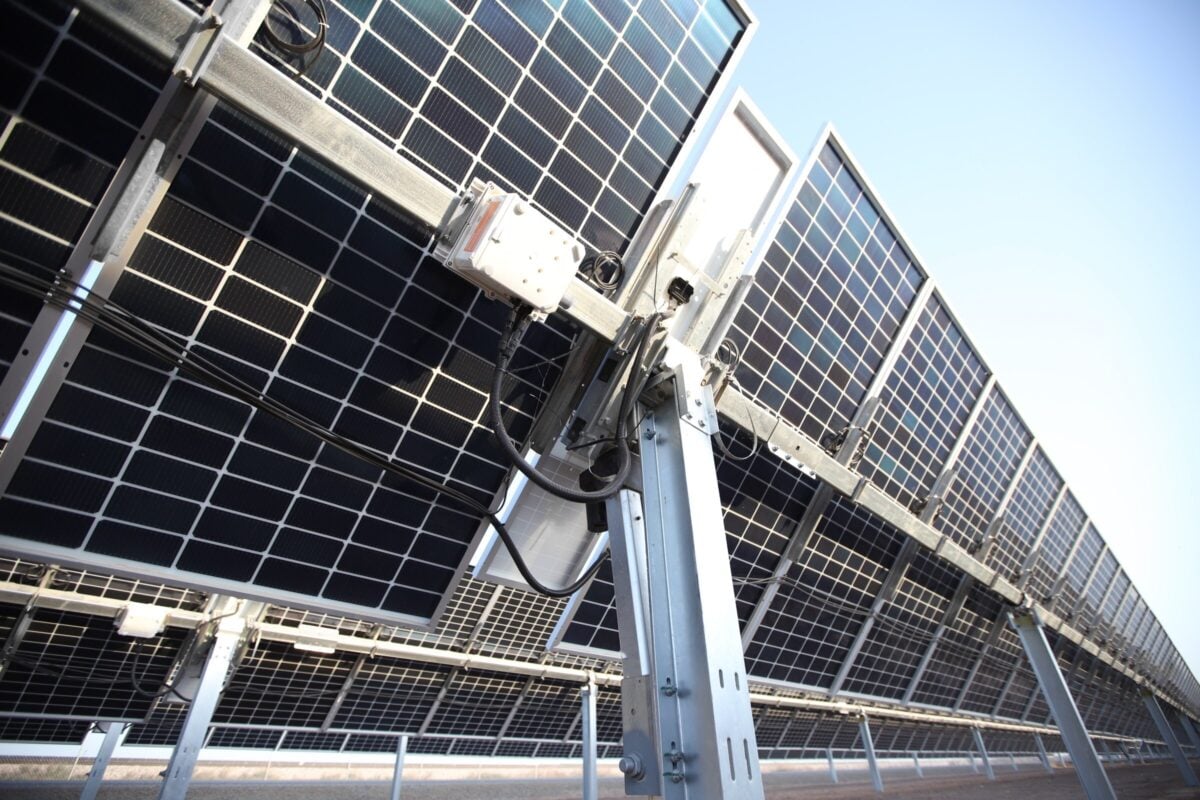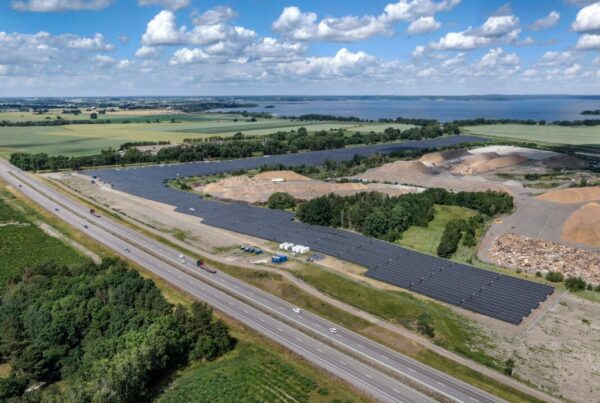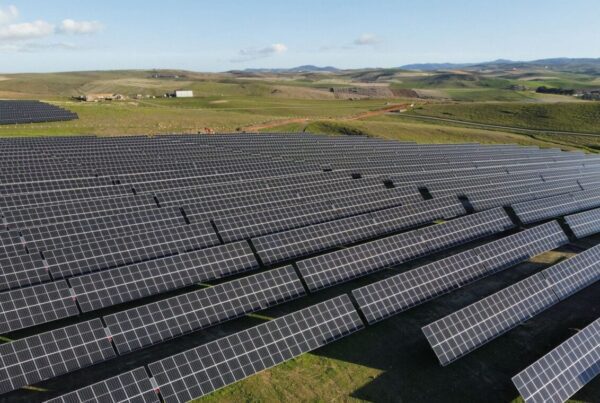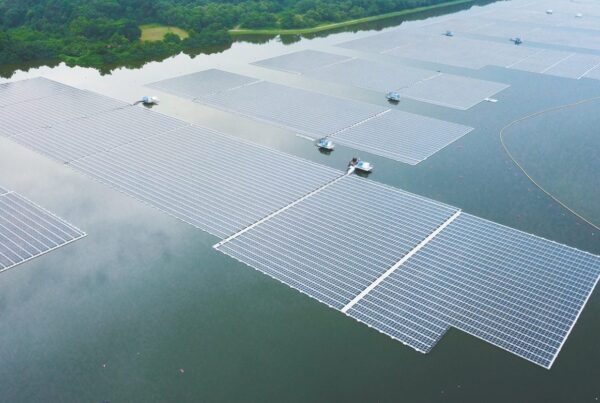
The VDE Americas report concluded that the panels were moved to the desired stow angle, and that the system as a whole “worked as designed, including processing hail warnings, issuing activation emails and moving the trackers to hail stow position.”
Hail damage has emerged as a “disproportionately severe” component of solar project operations and maintenance, according to US-based climate insurance provider kWh Analytics, which noted that hail damage accounts for 6% of loss incidents for US PV projects, but is responsible for 73% of financial losses.
Much of this stems from the fact that PV projects are growing in size to capture more of the sun and generate more electricity, but these larger project footprints expose more panels to the risk of hail damage. Earlier this month, Jon Previtali, senior principal engineer at VDE Americas, told PV Tech Premium that, on average, “we see 50% of the project destroyed with these hailstorms”.
“This successful validation by VDE is the result of a strong engineering partnership and a shared commitment to rigorous, real-world validation,” said Scott Van Pelt, chief engineer at GameChange Solar; the company noted that it has “worked closely” with VDE to better improve its hail mitigation systems.
GameChange Solar has also made a number of investments into better optimising its trackers for use in unfavourable environments. Earlier this month, it launched a new terrain-following tracker, and earlier this year announced the supply of trackers to what it identified as “diverse and challenging environments” across South America.






